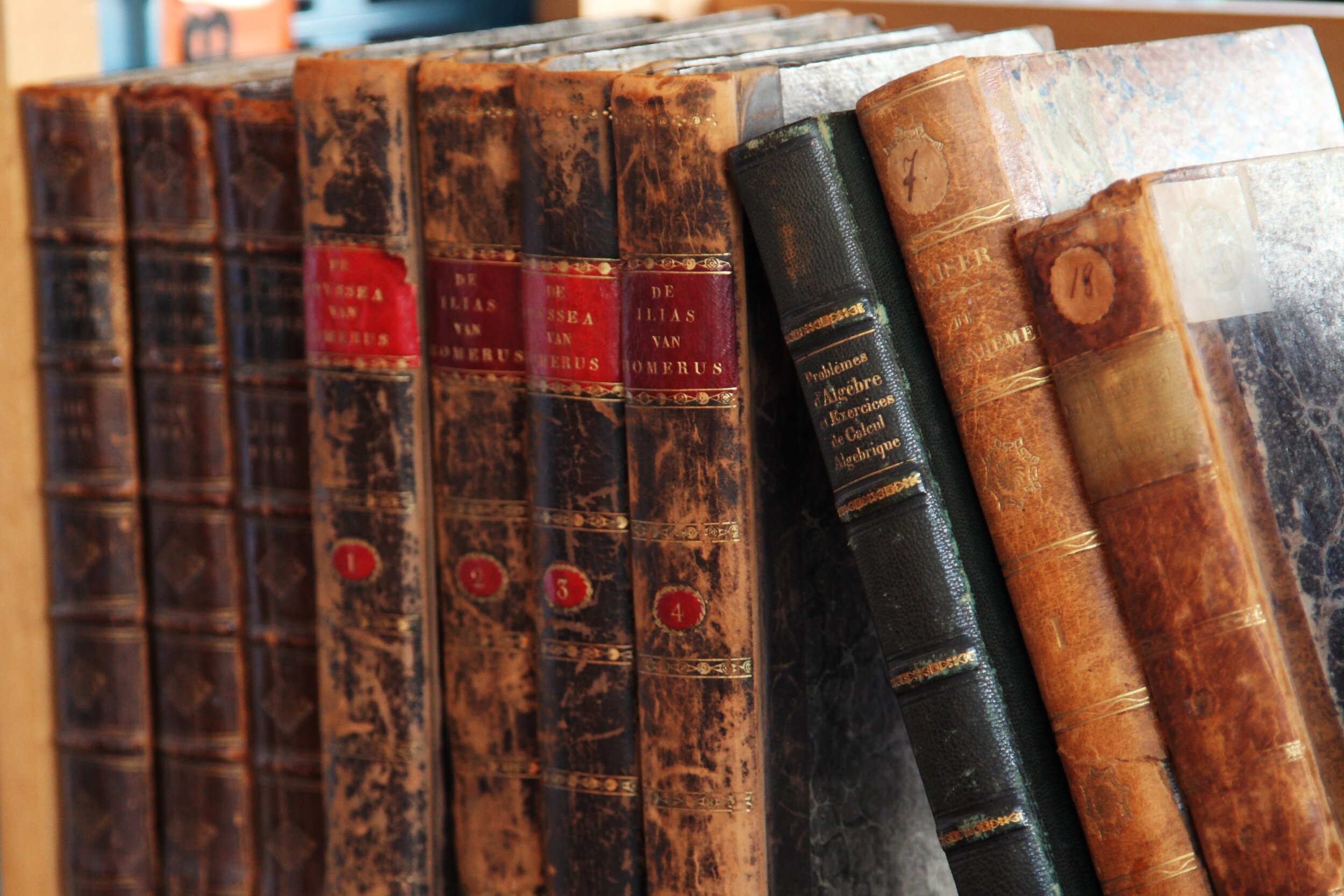
Books and Articles
I publish widely on the themes of medieval knighthood and chivalry, warfare, arms and armour.
Books
A Cultural History of the Medieval Sword: Power, Piety and Play
'There is so much in this book that it will be worth returning to again and again.' Ralph Moffat, Medieval World: Culture and Conflict, number 9.
The sword is an important and multi-faceted symbol of military power, royal and communal authority, religion and mysticism. This study takes the sword beyond it functional role as a tool for killing, considering it as a cultural artifact and the broader meaning and significance it had to its bearer.
It should be on the bookshelf of anybody who claims to be interested in the importance of the sword in medieval life and thought and their cultural significance in the past - and present. Robert Woosnam-Savage, Royal Armouries.
We see the sword as an object of nobility and status, a mystical artefact, imbued with power and symbolism. It is Roland's Durendal, Arthur's Excalibur, Aragorn's Narsil. A thing of beauty, its blade flashes in the sun, and its hilt gleams with opulent decoration. Yet this beauty belies a bloody function, for it is also a weapon that appears crude and brutal, requiring great strength to wield: cleaving armour, flesh, and bone.
Learn More
Bloodied Banners: Martial Display on the Medieval Battlefield
The medieval battlefield was a place of spectacle and splendour. The fully-armed knight, bedecked in his vivid heraldic colours, riding out beneath his brightly-painted banner, is a stock image of war and the warrior in the middle ages. Yet too often the significance of such display has been ignored or dismissed as the empty preening of a militaristic social elite.
Drawing on a broad range of source material and using innovative historical approaches, this book completely re-evaluates the way that such men and their weapons were viewed, showing that martial display was a vital part of the way in which war was waged in the middle ages. It maintains that heraldry and livery served not only to advertise a warrior's family and social ties, but also announced his presence on the battlefield and right to wage war. It also considers the physiological and psychological effect of wearing armour, both on the wearer and those facing him in combat, arguing that the need for display in battle was deeper than any medieval cultural construct and was based in the fundamental biological drives of threat and warning.
Learn more
Knight: The Warrior and World of Chivalry
The knight in shining armour charging across the battlefield has become an iconic figure of the medieval period. Yet behind the popular image lies a world of the knight that is both more complex and more fascinating. This book uncovers the myths to reveal the true knight warrior, examining his equipment, arms, and armour, his steed, his 'career path', and of course his 'chivalric code'. It also investigates the role of the knight in law and justice, and in feudal warfare. Lavishly illustrated and drawing on first-hand accounts from the knights themselves, this book reveals the world of the knight in all his glory.
A Companion to Chivalry
(Edited with Peter Coss)
Chivalry lay at the heart of elite society in the Middle Ages, but it is a nebulous concept which defies an easy definition. More than just a code of ethical behaviour, it shaped literary tastes, art and manners, as well as social hierarchies, political events and religious practices; its impact is everywhere.
This work aims to provide an accessible and holistic survey of the subject. Its chapters, by leading experts in the field, cover a wide range of areas: the tournament, arms and armour, the chivalric society's organisation in peace and war, its literature and its landscape. They also consider the gendered nature of chivalry, its propensity for violence, and its post-medieval decline and reinvention in the early modern and modern periods. It will be invaluable to the student and the scholar of chivalry alike.
Learn More

Selected Chapters and Articles
‘.j. veel feble fauchon dil anxien temps.’ The Selection of the Falchion as Symbol of Tenure: Form, Function and Symbolism
The Sword: Form and Thought, ed. L. Deutscher, M. Kaiser and S. Wetzler (Boydell and Brewer, 2019)
A silver boar on Bosworth Field: the significance of the livery badge on the medieval battlefield
Coat of Arms (3rd ser.) 11 (2015), part 1: no 229
'Heraldry and Heralds' and ‘Marshalling the Chivalric Elite for War’
A Companion to Chivalry, ed. P. Coss and R. W. Jones (Boydell and Brewer, 2019)
Identifying the Warrior on the Pre-Heraldic Battlefield
Anglo-Norman Studies, 30 (2008)
Cum Equus Discoopertus: The ‘Irish’ Hobelar in the English armies of the Fourteenth Century
Military Communities in Late Medieval England: Essays in Honour of Andrew Ayton , ed. G. Baker, C. Lambert and D. Simpkin (Boydell and Brewer, 2018)
‘What Banner Thine?’ The Banner as Symbol of Identification, Status and Authority on the Medieval Battlefield
Haskins Society Journal, 15 (2006)



